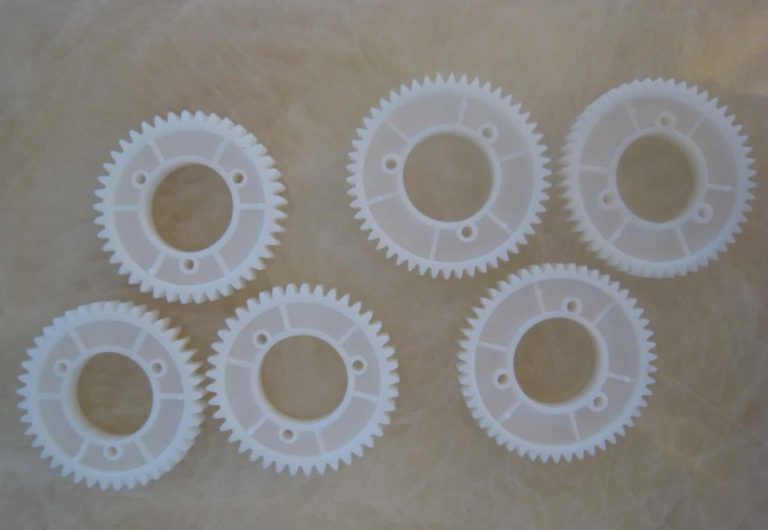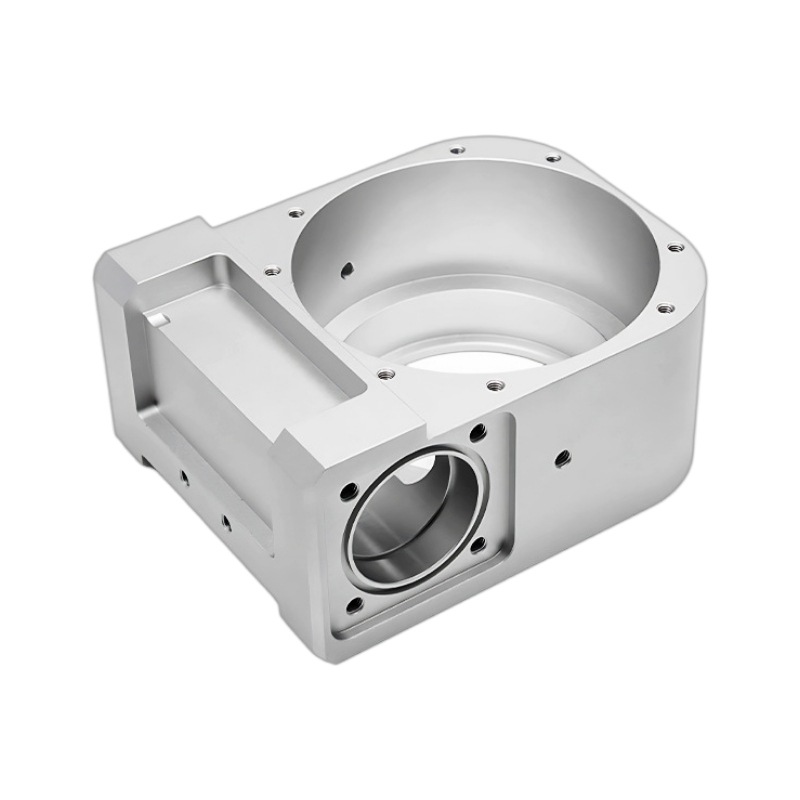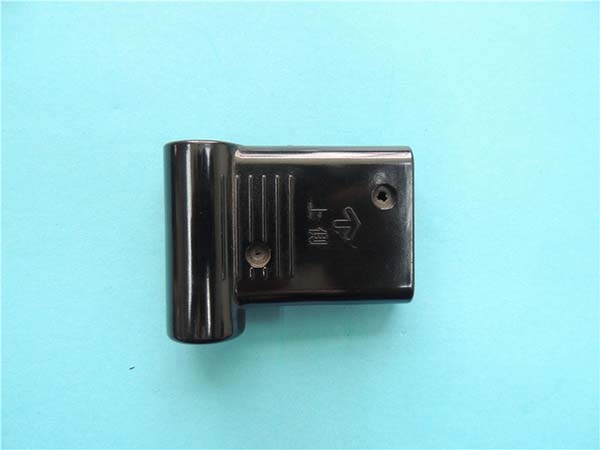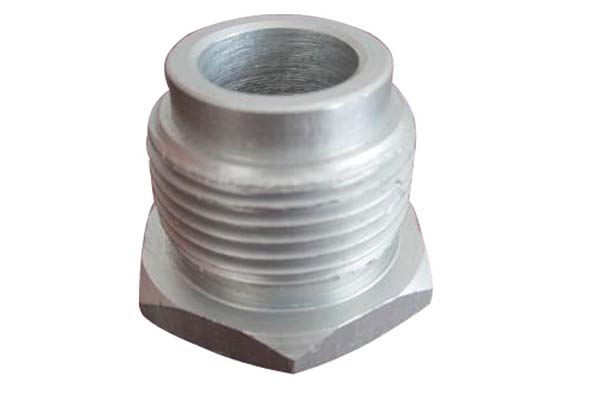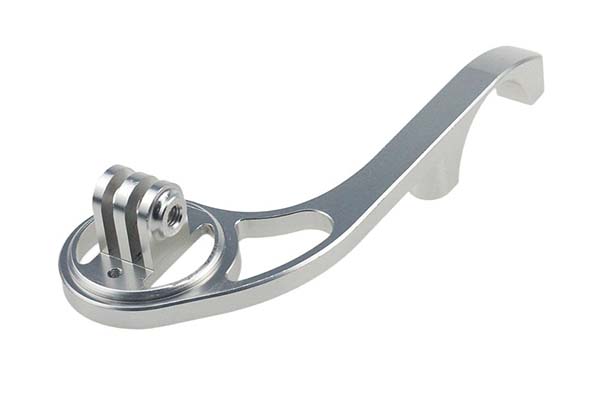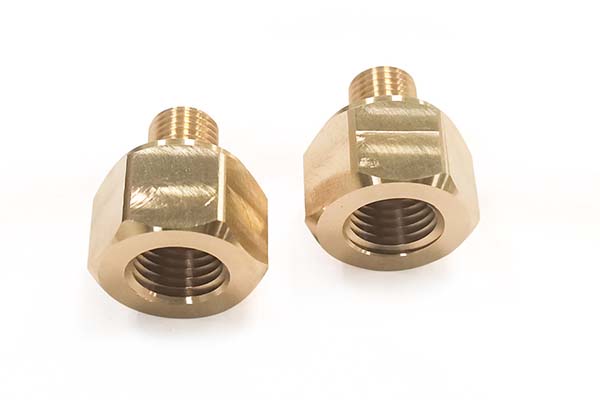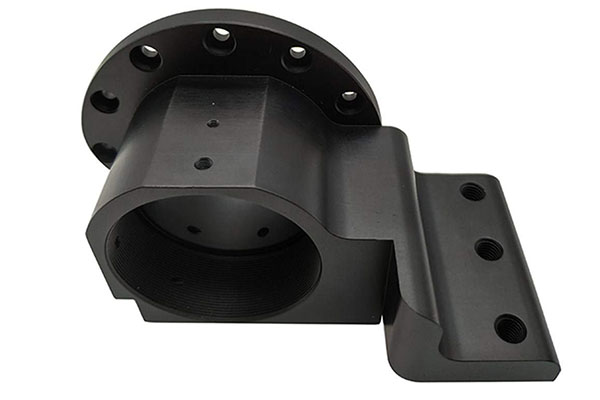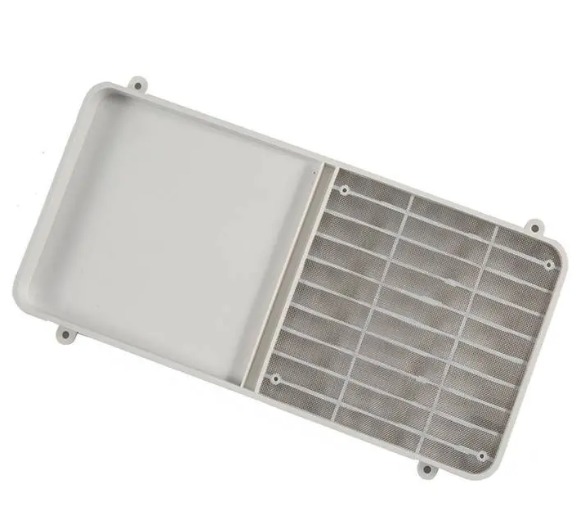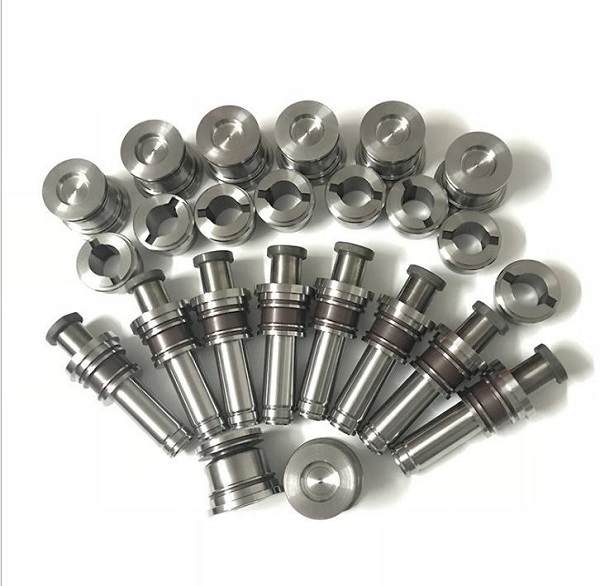Introduction
Reinforced Plastic, a class of high-performance composite materials, has transformed industries with its unbeatable mix of strength, lightness, and durability. Yet, machining these materials presents unique challenges: delamination of layers, fiber pullout during cutting, and rapid tool wear due to abrasive fibers. Achieving smooth surface quality and tight tolerances often feels like a balancing act. This article addresses these pain points by exploring the material characteristics of reinforced plastics, breaking down proven CNC machining techniques, and highlighting their key applications, equipping you with the expertise to master this complex material.
Material Characteristics of Reinforced Plastic
Fiber Reinforcement and Mechanical Properties
At the core of reinforced plastics is fiber reinforcement—fibers like glass fiber, carbon fiber, and aramid fiber embedded in a polymer matrix (e.g., epoxy, polyester). This structure delivers exceptional mechanical properties: tensile strength ranges from 200 to 1,500 MPa (carbon fiber composites top the chart), compressive strength from 150 to 800 MPa, and flexural strength from 250 to 1,000 MPa. For comparison, glass fiber-reinforced plastic (GFRP) offers 200–500 MPa tensile strength, while carbon fiber-reinforced plastic (CFRP) reaches 1,000–1,500 MPa, rivaling steel but at a fraction of the weight.
These composites also exhibit high impact resistance (aramid fiber composites excel here) and wear resistance, making them ideal for high-stress parts like gears and bearings. Their hardness varies by fiber type: carbon fiber composites are rigid, while glass fiber variants offer a balance of strength and flexibility.
Thermal and Chemical Properties
Reinforced plastics boast impressive thermal properties. They maintain stability at 120–250°C (higher with heat-resistant matrices like PEEK), with low thermal conductivity (0.1–0.5 W/(m·K))—great for electrical insulation. However, thermal expansion is anisotropic (direction-dependent), with lower rates along the fiber direction, demanding careful machining to avoid warping.
Their chemical resistance is strong, withstanding oils, solvents, and mild acids, though this depends on the polymer matrix. Epoxy-based composites resist most chemicals, while polyester variants are better suited for non-aggressive environments. Combined with inherent corrosion resistance, they outperform metals in damp or caustic settings, such as chemical processing equipment.
Dimensional Stability and Other Traits
Dimensional stability is a standout feature, thanks to fibers restricting polymer shrinkage. This makes them ideal for precision parts like aerospace components and electrical enclosures. Their specific gravity (1.2–2.0 g/cm³) is far lower than steel (7.8 g/cm³) and aluminum (2.7 g/cm³), enabling lightweight structures that boost fuel efficiency in vehicles and aircraft. Many grades also offer flame retardancy, critical for electronics and aerospace applications.
CNC Machining Process for Reinforced Plastic
Tool Selection and Machining Parameters
Tool selection is critical for avoiding delamination and fiber pullout. Carbide tools with diamond coatings are a must—they resist abrasion from glass or carbon fibers. For CFRP, polycrystalline diamond (PCD) tools minimize tool wear and produce clean cuts. Tool geometry matters: sharp, pointed edges with high rake angles reduce cutting forces, while shallow flutes prevent fiber entanglement.
Spindle speeds vary by fiber type: 8,000–20,000 rpm for CFRP (to cut hard carbon fibers) and 5,000–12,000 rpm for GFRP. Feed rates range from 0.05 to 0.3 mm/rev, with depth of cut kept under 1 mm to avoid excessive pressure on layers. High-speed machining is preferred but requires steady feeds to prevent heat buildup, which can melt the polymer matrix.
Tool Path, Coolant, and Heat Management
Optimizing the tool path is key to preventing delamination. Climb milling (with the tool rotating into the workpiece) reduces layer separation, while circular entry/exit moves avoid abrupt forces at edges. A layered machining strategy—roughing to remove bulk material, then finishing with finer passes—ensures surface quality (Ra 1.6–3.2 μm) and dimensional accuracy (±0.02–0.05 mm).
Coolant use is selective: compressed air or mist coolants work best to clear chips without saturating the material (which can cause swelling). Heat dissipation is critical—excessive heat generation softens the polymer matrix, leading to fiber pullout. Slow, consistent cutting and adequate heat dissipation (via air cooling) preserve part integrity.
Overcoming Machinability Challenges
Machinability depends on fiber type: GFRP is abrasive, causing rapid tool wear, while CFRP is hard and brittle, risking delamination. To combat this, monitoring tool wear closely (replacing tools at 0.1 mm flank wear) and using lubrication (light mineral oil) for GFRP reduces friction. Chip formation is irregular—fibers often break into sharp fragments, so proper chip extraction (via vacuum systems) protects both tools and operators. Balancing material removal rate with precision is key—faster feeds increase efficiency but raise the risk of defects.
Applications of Reinforced Plastic
Aerospace and Automotive Industries
In the aerospace industry, reinforced plastics are game-changers. Aircraft wings, fuselage parts, and interior components use CFRP for its strength-to-weight ratio, cutting fuel costs by 15–20%. GFRP finds use in less critical parts like fairings and ducts.
The automotive industry relies on these composites for automotive body parts, transmission components, and valves. CFRP reduces vehicle weight by 30–50% compared to steel, improving mileage, while GFRP offers a cost-effective alternative for fenders and bumpers.
Electronics and Medical Devices
Electronics industry applications include electrical components, insulators, and enclosures. Reinforced plastics’ electrical insulation and flame retardancy protect circuits in smartphones and industrial controls. GFRP is popular for its affordability, while CFRP suits high-precision parts like sensor housings.
In medical devices, epoxy-based composites make surgical tools and lightweight braces, thanks to their sterility and corrosion resistance. Aramid fiber composites are used in protective gear (e.g., splints) for their impact resistance.
Industrial and Consumer Uses
Industrial equipment benefits from reinforced plastics in pumps, valves, and conveyor parts—their chemical resistance outlasts metal in corrosive settings. Food processing uses FDA-approved GFRP for chutes and mixers, as it resists bacteria and is easy to clean.
Consumer goods like sports equipment (CFRP bike frames, aramid fiber helmets) and power tools (GFRP housings) leverage their strength and lightness. Prototyping with reinforced plastics allows testing of durable, production-ready parts before full-scale manufacturing.
Yigu Technology's Perspective
At Yigu Technology, we specialize in CNC machining reinforced plastics, tackling challenges like delamination and fiber pullout with precision tooling and tailored strategies. Our expertise with CFRP, GFRP, and aramid composites ensures parts meet tight tolerances and surface standards for aerospace, automotive, and medical clients. We combine advanced PCD tools with optimized feeds/speeds to deliver reliable, high-performance components—making us your trusted partner for composite machining needs.
FAQ
- How do reinforced plastics compare to metals in terms of strength?
- CFRP rivals steel in tensile strength but weighs 70% less; GFRP offers 2–3x the strength of aluminum at a similar weight, with better corrosion resistance.
- What causes delamination, and how can it be prevented?
- Delamination results from excessive cutting forces or improper tool paths. Using sharp, diamond-coated tools, climb milling, and shallow cuts minimizes this risk.
- Which reinforced plastic is best for high-temperature applications?
- Carbon fiber-reinforced PEEK (polyetheretherketone) withstands 250°C continuous use, making it ideal for aerospace and industrial high-heat environments.
